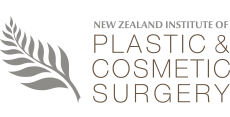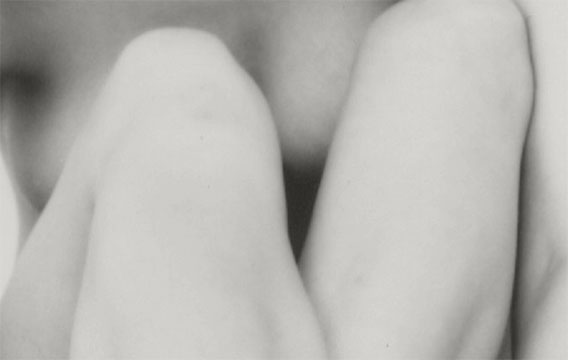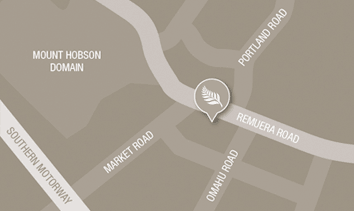Our Plastic Surgeons
Skilled and experienced plastic surgery experts
All four specialists are New Zealand trained plastic and cosmetic surgeons with a vast surgical experience over many years and many thousands of patients.
Frequently Asked Questions
Is this for me?
If you are in the process of losing weight, or intend to do so, you should complete this before surgery where possible. For women, an abdominoplasty should be deferred until you have completed your family, as pregnancy will stretch surgically tightened muscles and skin.
What are the first steps?
Before meeting with your surgeon, you may want to take the opportunity to discuss your concerns and expectations with one of our specialist nurses. She will give you information about this procedure and discuss what is involved in detail, including post operative care and recovery. She will show you before and after photographs of patients who have had this surgery to help you understand what can be achieved.
When you meet with your surgeon he will examine you carefully, noting the areas of skin looseness and increased fatty tissue, the presence of any hernias, and whether abdominal muscles have been stretched. It is important that you tell your surgeon of any previous abdominal surgery and scarring, as this could alter the surgical plan.
Following your examination your surgeon will recommend the best procedure for you. This could be a traditional “tummy tuck” operation, involving correction of all layers, or there may be a combination of further fat removal by liposculpture, together with tightening of the lower abdominal muscles.
Occasionally a mini-abdominoplasty or short scar procedure may be possible.
Photographs will be taken before and after your surgery to plan the procedure and to record your results.
What does the surgery involve?
The areas of skin and fat removal are marked on your abdomen before going to the operating room.
During a tummy tuck it may be inadvisable to attempt to reduce all of the fullness of the fatty tissue in the upper abdomen for fear of decreasing the circulation to the lower abdominal skin. It is not always possible to address all of the issues at one operation. This can lead to complications of wound healing. To avoid these problems it may be necessary to do further surgery at a later date in order to achieve the best possible outcome. However, in other cases where less undermining of the skin is required, reduction of more fatty tissue may be possible at the same time.
One or two drain tubes may be left in the wound at the time of surgery, so that tissue fluid does not accumulate beneath the skin. These drains may remain in place for several days, but do not prevent discharge from hospital the day after surgery. Dressings are applied to the abdominal wounds.
Depending on the complexity of your procedure, you may need to stay in hospital overnight or for several days.
What scars will it leave?
The area of skin to be removed and whether the abdominal muscles are tightened, will govern the length of scarring and its position. The looser the abdominal skin, and the more pendulous the fatty tissue on the lower abdomen, the longer the scar across the abdomen will be.
The techniques used in this operation can produce a scar running from hip to hip running low across the top of the hairline and occasionally a short low midline vertical scar is added in an inverted T pattern.
Where appropriate the endoscope (surgical telescope) is used to minimise scarring.
For some patients liposculpture alone can provide excellent results.
What is the recovery process?
You are encouraged to mobilise as soon as possible after surgery to limit the chance of clotting in the deep veins and help avoid other complications.
You will be fitted with compression stockings and if you are staying in hospital overnight, you will have calf compression pumps fitted to your lower legs to assist circulation. Intravenous fluids are usually given for the first 24 hours although you can usually manage a light meal soon after surgery.
It is important to organise assistance at home for the first few days after your operation, as there will be some tenderness of the abdominal muscles. It usually takes four to five days to become fully mobile and to leave bed comfortably without assistance.
Areas of skin numbness will be present after surgery (usually below the level of the umbilicus), reducing over a period of months. Abdominal scars can remain red for many months and generally take six to 12 months to become flat and pale.
When can I return to work/normal activities?
You may need two to three weeks off work and should avoid contact sports and heavy exercise for six weeks afterwards. During this time, no heavy lifting should be undertaken.
How much will it cost?
If you would like to know more about plastic surgery pricing, please view our Pricing page for an indication of what could be expected. You can also request a brochure or contact us for a personal consultation.
Request a complimentary consultation
Meet with our nurses for a complimentary, no obligation cosmetic surgery consultation to discuss procedures, processes and costs




